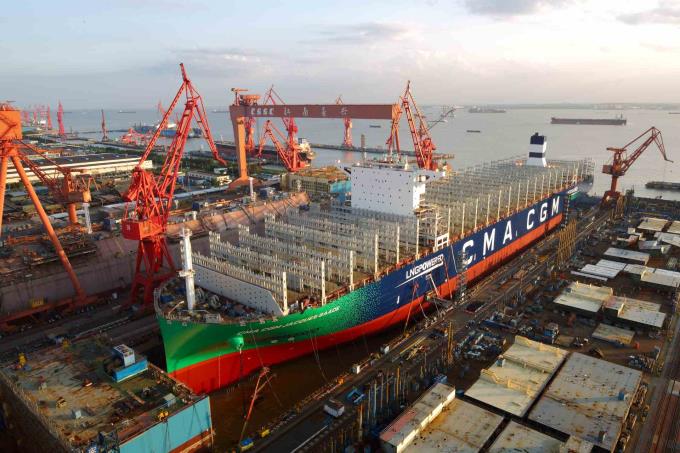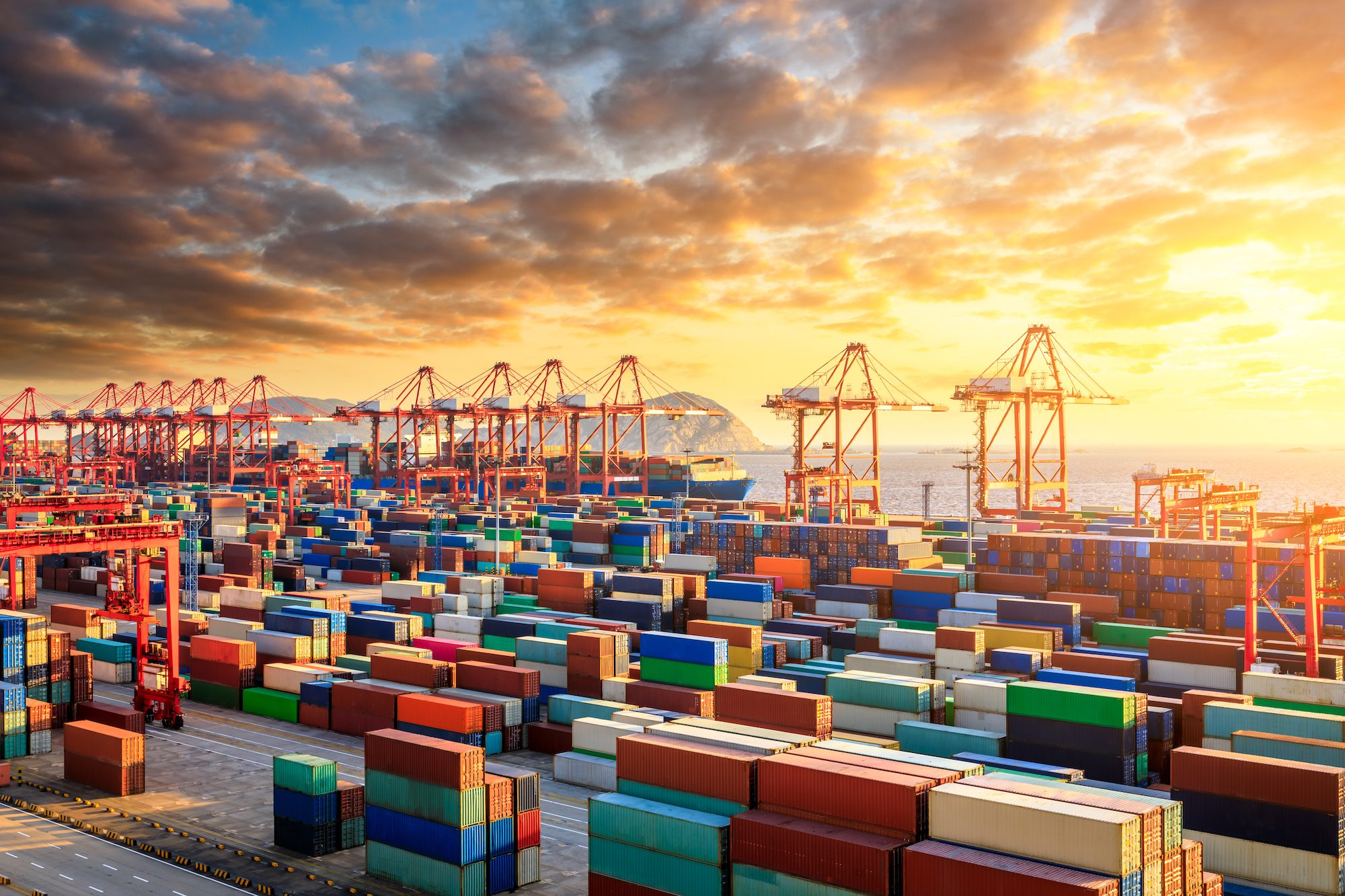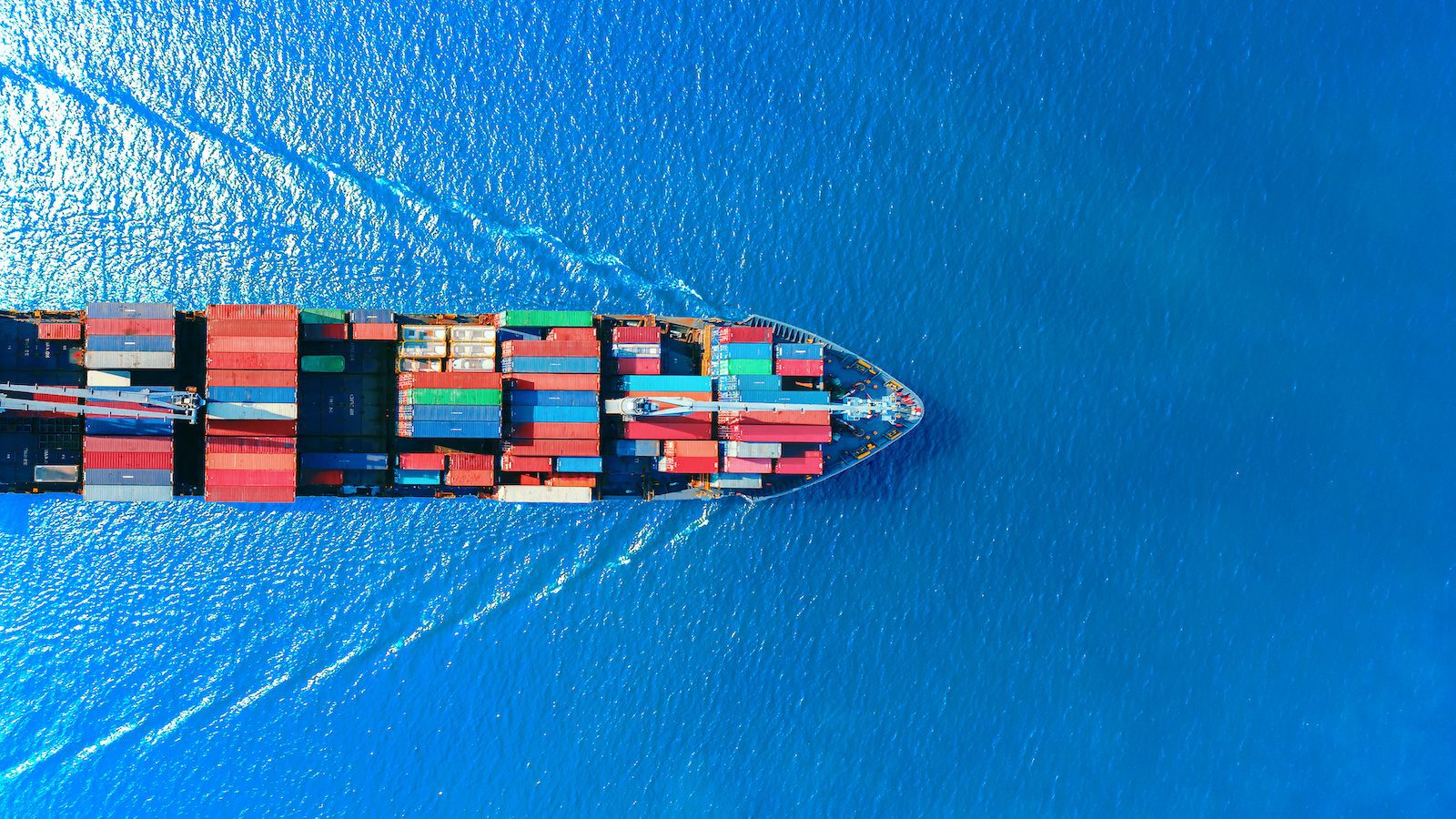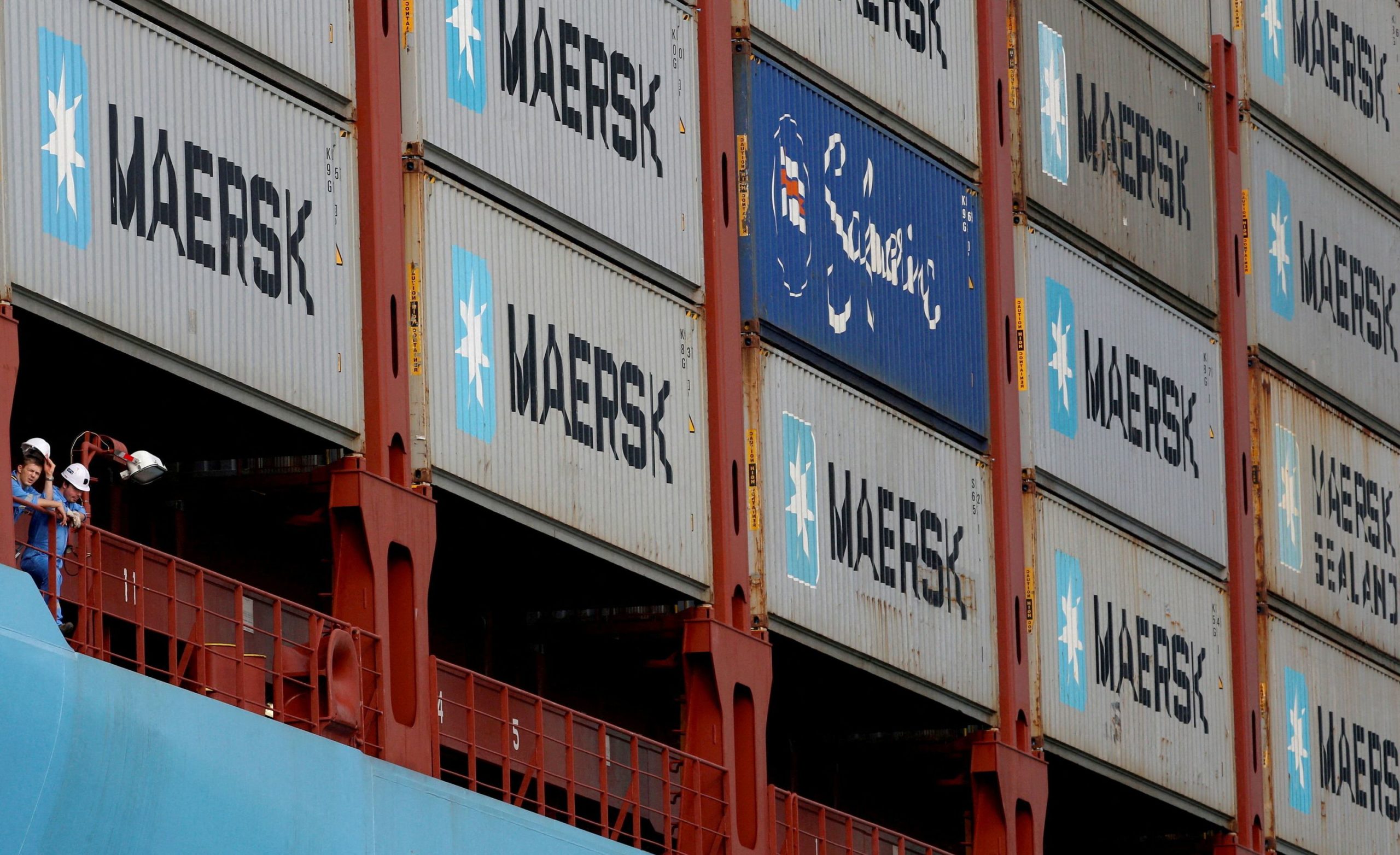The maritime industry continues its steady shift toward alternative fuels, with 12 new orders for alternative-fuelled vessels placed in January 2025, all in the container segment, according to DNV’s Alternative Fuels Insight (AFI) platform.
This follows an exceptional year in 2024, which saw 515 alternative-fuelled vessels ordered, marking a 38% increase from 2023.
LNG emerged as the dominant choice in 2024, with 264 vessel orders – more than double the previous year’s figures. The container and car carrier segments led this transition, accounting for 62% of all alternative fuel orders. Notably, 69% of all container ship orders were for vessels capable of running on alternative fuels, with LNG being the preferred choice at 67%.
“Although we have seen fewer orders for alternative-fuelled vessels in January compared to other months, it follows a record-breaking year in 2024, and the overall outlook continues to be encouraging,” says Jason Stefanatos, Global Decarbonization Director at DNV Maritime.
Methanol also gained significant traction, with 166 orders representing 32% of the orderbook. Ammonia showed promising development with 27 vessel orders, including the first 10 non-gas carrier ammonia-fuelled vessels, primarily in the bulk carrier segment.
The infrastructure supporting these alternative fuels continues to develop, particularly for LNG. The number of LNG bunker vessels increased from 52 to 64 over the past year. By the end of 2024, 641 LNG-powered ships were in operation, with this number expected to double by decade’s end.
“While recent figures are promising, we must keep pushing forward,” said Knut Ørbeck-Nilssen, CEO Maritime at DNV. “The technological transition is underway, but supply of alternative fuel is still low. As an industry we need to work with fuel suppliers and other stakeholders to ensure that shipping has access to its share of alternative fuels in the future.”
The EU’s Fit for 55 regulatory package is expected to boost LNG availability in ports through expanded bunkering infrastructure requirements. However, experts note that a significant gap between LNG bunkering supply and demand is likely to widen over the next five years.
Looking ahead, Stefanatos suggests that green methanol and ammonia could play crucial roles in the future energy mix, while LNG serves as a vital bridging fuel option, particularly given its existing infrastructure and potential for emissions reduction.

 Join The Club
Join The Club











